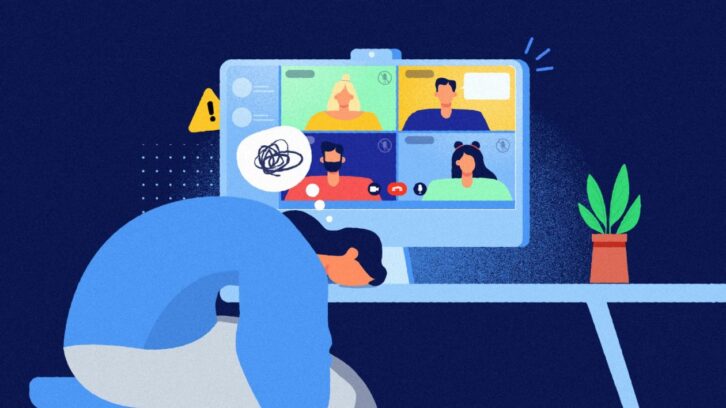
Researchers at the University of Applied Sciences Upper Austria and Graz University of Technology have been able to prove what millions have already suspected: ‘Zoom fatigue’ is real.
Since the workforce shifted towards a greater emphasis on remote and hybrid working during the pandemic, many have reported feeling more tired and fatigued after numerous videoconferencing calls, even moreso than they would after face-to-face meetings. Colloquially referred to as ‘Zoom fatigue,’ this phenomena was put to the test by a group of intrepid researchers, who looked for neurophysiological evidence to prove its existence.
Microsoft rolls out rebuilt Teams web client
“In order to demonstrate potential fatigue effects, in our experimental study we measured users’ ongoing electroencephalogram (EEG) during a videoconferencing session, as well as their event-related potentials (ERPs) before and after a videoconferencing session based on a cognitive attention task,” the researchers wrote in the study published in the journal Scientific Reports. “Importantly, we contrasted these results with corresponding EEG data from a face-to-face condition in which the exact same content was provided to the meeting participants. The context of our study was a 50-min university lecture.”
In addition to EEGs, researchers also studied subjects ECGs to measure variable heart rate as a metric for fatigue. The results were conclusive: across all metrics, subjects experienced higher rates of fatigue from videoconferencing than from an in-person lecture.
“… our results suggest that use of videoconferencing may lead to cognitive costs, which must not be ignored by individuals and organizations,” the study states. “However, as it is unrealistic to recommend completely abstaining from the use of videoconferencing tools, the future study of effective countermeasures to reduce the fatigue and stress potential of videoconferencing will be critical for sustaining human well-being and health in an increasingly digital world.”










